Leirana Areas de Arra 2020
Description
Issu d'un vignoble centenaire planté sur des dunes à quelques mètres de l'océan Atlantique, Leirana Areas de Arra est un blanc d'une singularité exceptionnelle.Ce vin albariño est produit en très petite quantité et, après un rouge crianza en fût d'environ 12 mois, il se révèle corsé, équilibré, avec des notes minérales, florales et mielleuses, et une finale saline qui nous transporte vers la brise de l'Atlantique
Fiche technique
Dégustation
Vignoble et élaboration
L'avis des experts
I have to let you know that there might be some variability in the bottles of the 2020 Leirana Areas de Arra, as the first bottle I tasted had clear signs of prem-ox à la Bourgogne Blanc, and the 2022 from last year also had an oxidative profile, which I assumed was because of the warm and dry vintage. However, a second bottle was magnificent. Of course, the wine has a deeper color and a more evolved nose because it's a 2020, which I tasted next to other younger wines. But it's an evolution in terms of complexity and nuance. The wine benefited from aeration, developing further notes of pollen, nettle, yellow fruit and wet stones. It comes in at a moderate 12.5% alcohol, with a pH of 3.26 with 7.8 grams of acidity, meaning contained ripeness and very good freshness and acidity. This comes from one of the few places in Rías Baixas with pure beach sand, where the vines are extremely old; they reckon 80% of the plants are over 100 years old. The juice from the pressing of the destemmed grapes fermented in 500-liter barrels without temperature control, and the wine matured in those barrels for 12 months. After the experience with the first bottle, I left the wine in the glass overnight, and it didn't develop any oxidation, just further aromas: peat, dry hay and flowers. It's very good, but there is some bottle variation. There is a risk to be taken here. 600 bottles produced. It was bottled in September 2021.
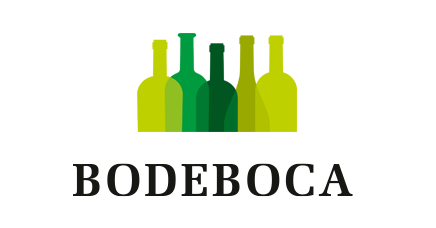
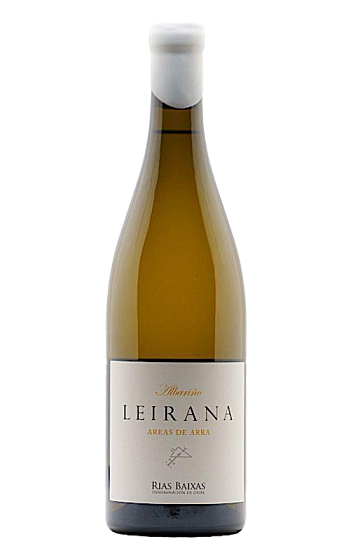

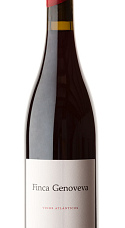
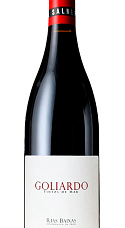
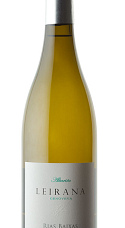
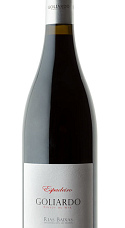
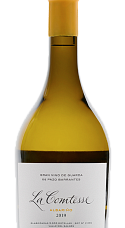
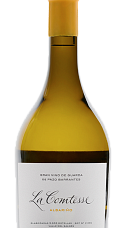
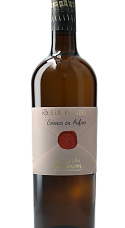




Nos membres n’ont pas encore laissé de commentaires pour ce millésime. Cliquez sur les millésimes précédents pour accéder aux commentaires.